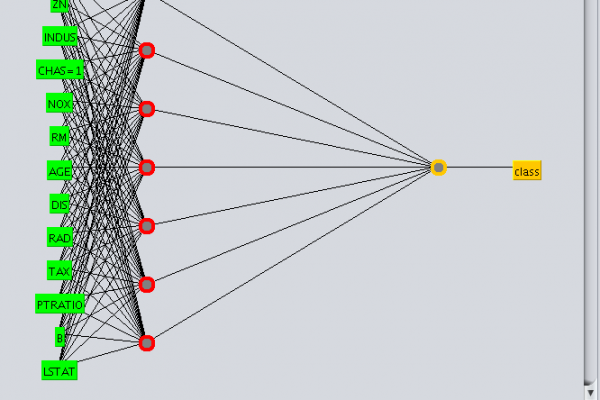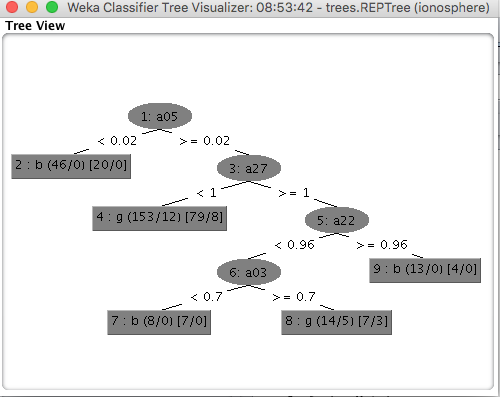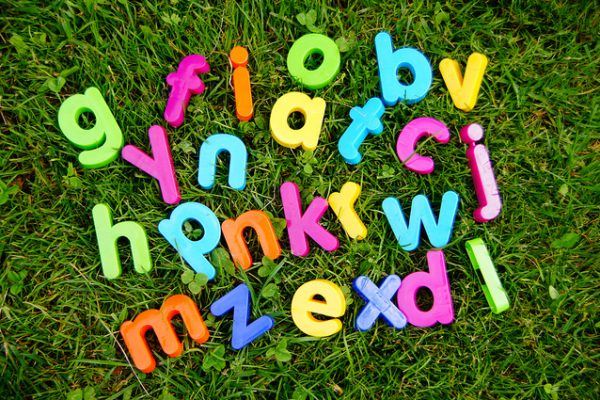How To Estimate A Baseline Performance For Your Machine Learning Models in Weka
Last Updated on December 13, 2019 It is really important to have a performance baseline on your machine learning problem. It will give you a point of reference to which you can compare all other models that you construct. In this post you will discover how to develop a baseline of performance for a machine learning problem using Weka. After reading this post you will know: The importance in establishing a baseline of performance for your machine learning problem. How […]
Read more








